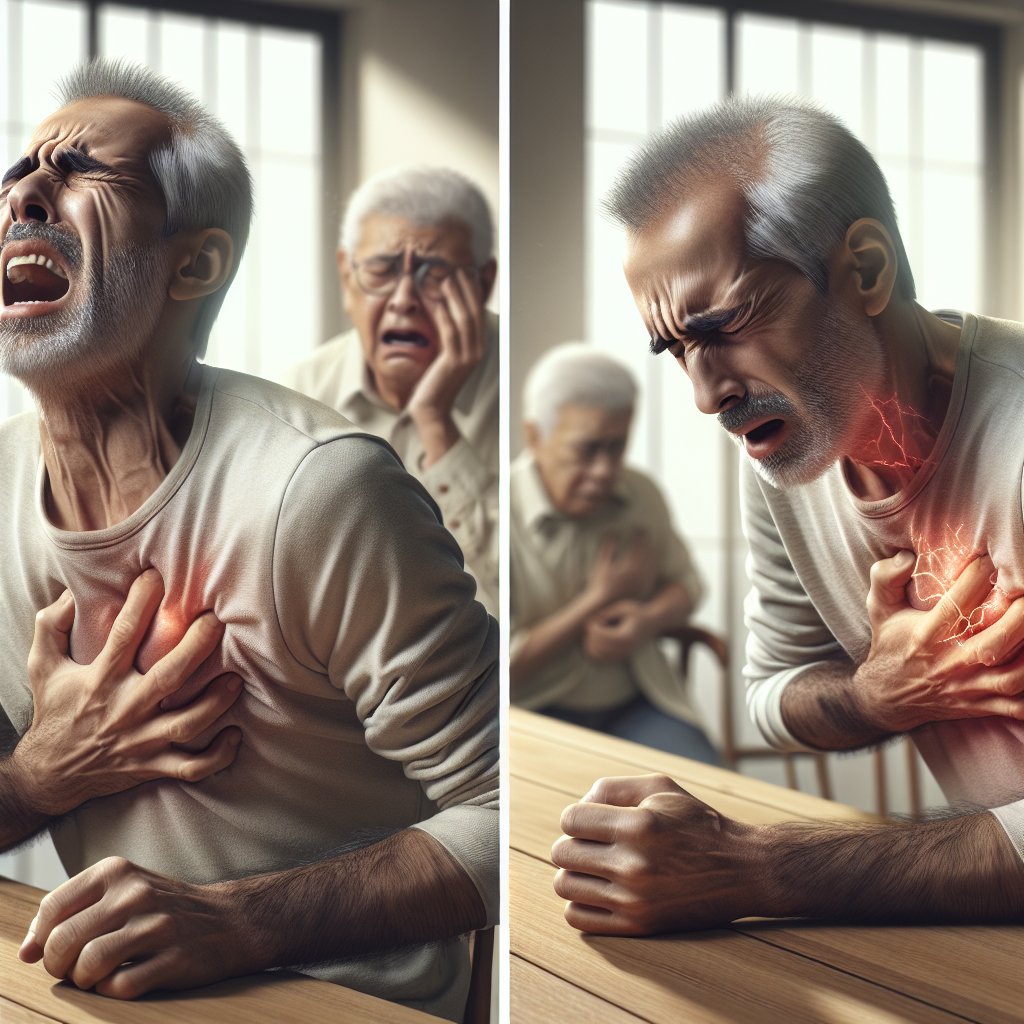Understanding the Basics
Let’s cut to the chase—strokes and heart attacks are both serious, but they’re not the same beast. Each involves blood flow getting blocked, but they hit different areas. Heart attacks target the heart’s blood supply, while strokes mess with the brain’s blood flow. Knowing the difference isn’t just trivia; it can save lives. Picture this: every 40 seconds, someone in the U.S. has a heart attack. That’s a lot of ticking clocks. So, if you or someone nearby starts showing symptoms, dial 911—don’t waste time playing doctor.
Dr. Rabia Rafi Razi, from Kaiser Permanente, sums it up well. Heart attacks hit the coronary arteries, while strokes attack cerebral arteries. The cause? Usually, it’s a blockage. Think of a stroke as a ‘brain attack’—the name fits, right? Being able to tell these apart helps you communicate with EMTs, letting them guide you effectively. And if you’re just a bystander? You’ll know what to say when seconds count.
Spotting a Heart Attack
Heart attacks occur when arteries supplying blood to the heart narrow due to plaque buildup. Plaque is a nasty mix of fat, cholesterol, and other substances that clog things up. Sometimes, a blood clot forms around it, blocking blood flow and causing damage or death to heart muscle. Occasionally, a rogue blood clot might travel through the bloodstream, causing chaos. Or, the arteries might be clear, but blood pressure drops, and blood flow decreases.
The symptoms are pretty textbook: chest pain that doesn’t quit, discomfort in one or both arms, jaw or back pain, shortness of breath, cold sweats, and maybe some lightheadedness or nausea. If you tick off any of these boxes, the clock’s ticking. Get help fast. It’s not just about saving your heart—it’s about keeping you in the game.
Recognizing a Stroke
Strokes are a different ballgame. Here, the brain’s blood supply is the victim. A blocked or burst blood vessel is often the culprit. But strokes can also be caused by irregular heartbeats, heart structure issues, hardening arteries, or blood clotting disorders. The symptoms? They’re distinct and often more noticeable than those of a heart attack.
According to the CDC, look for a drooping face, sudden numbness or weakness in your arms, difficulty walking, dizziness, slurred speech, sudden confusion, or trouble seeing. A severe headache with no known cause is another red flag. Spotting these signs quickly is crucial. Time is brain—literally. The faster you act, the better the chances of minimizing damage.
Prevention: Your Best Defense
Preventing heart attacks and strokes boils down to lifestyle choices. Dr. Razi emphasizes the importance of quitting smoking—it’s a game-changer. A balanced diet and regular exercise can also keep blood pressure and cholesterol in check, reducing your risk. Want to be proactive? Get the right tests to know where you stand.
Statin medications can offer preventive benefits for those at high risk. The American Heart Association notes that about 80% of cardiovascular diseases are preventable. So, why not stack the odds in your favor? Talk to your doctor or a dietitian. They can help you craft a plan that fits your lifestyle. Remember, a little effort now can save you a lot of trouble later.



